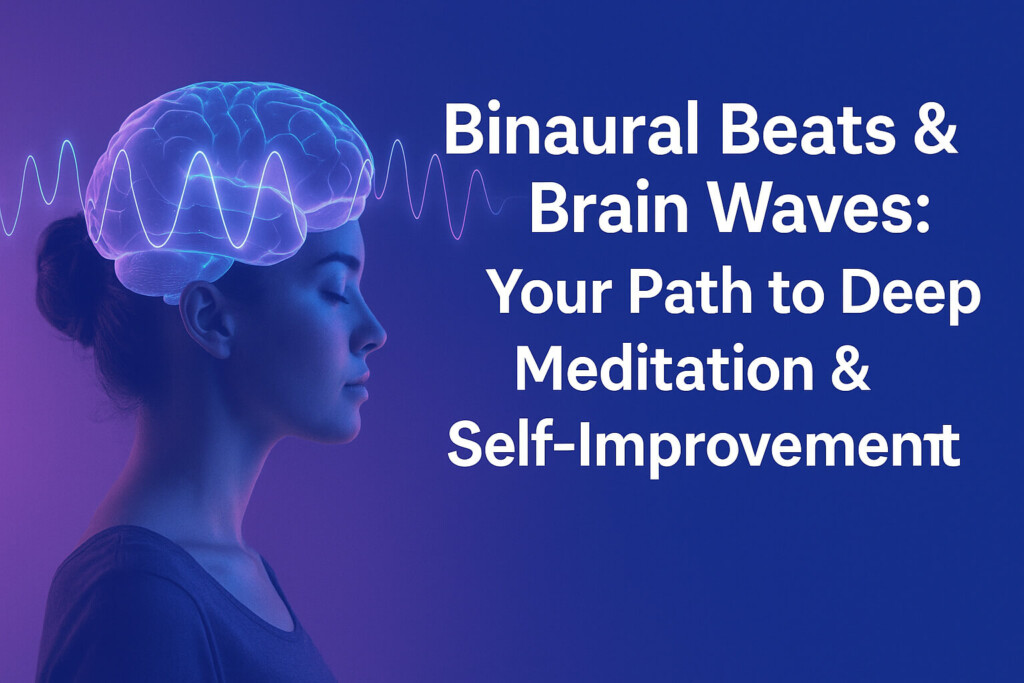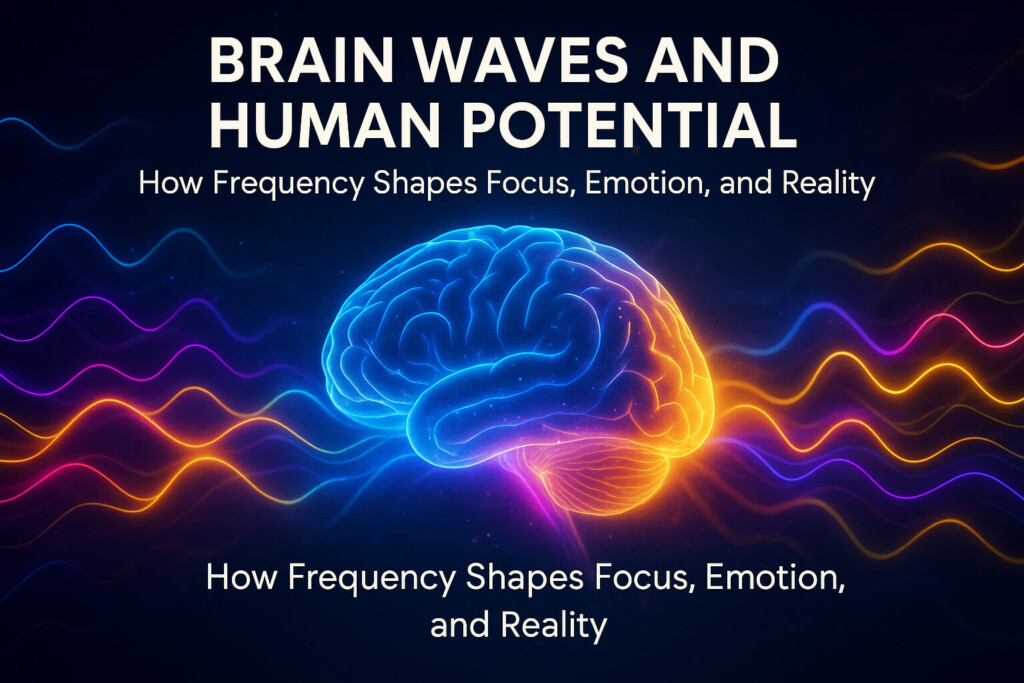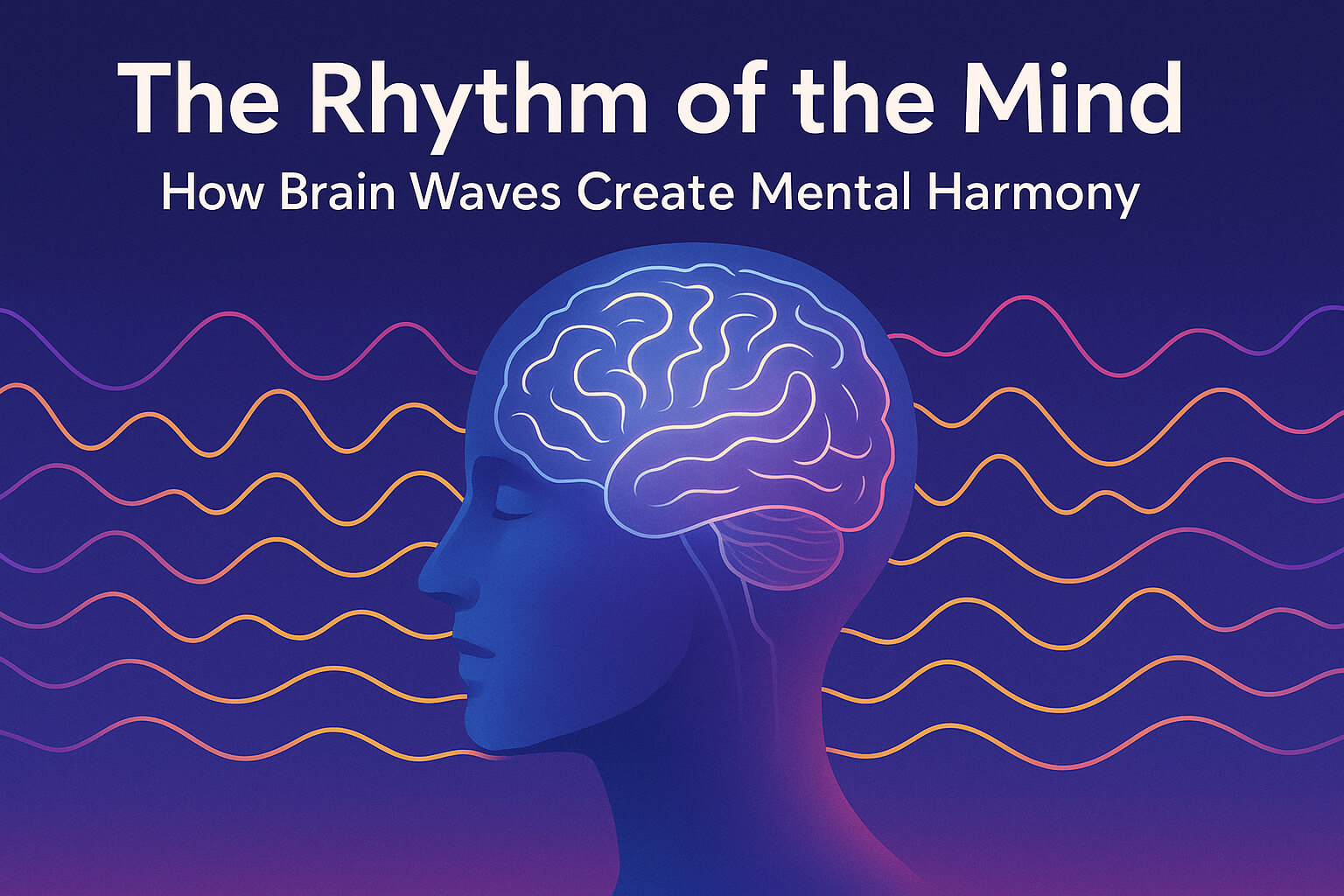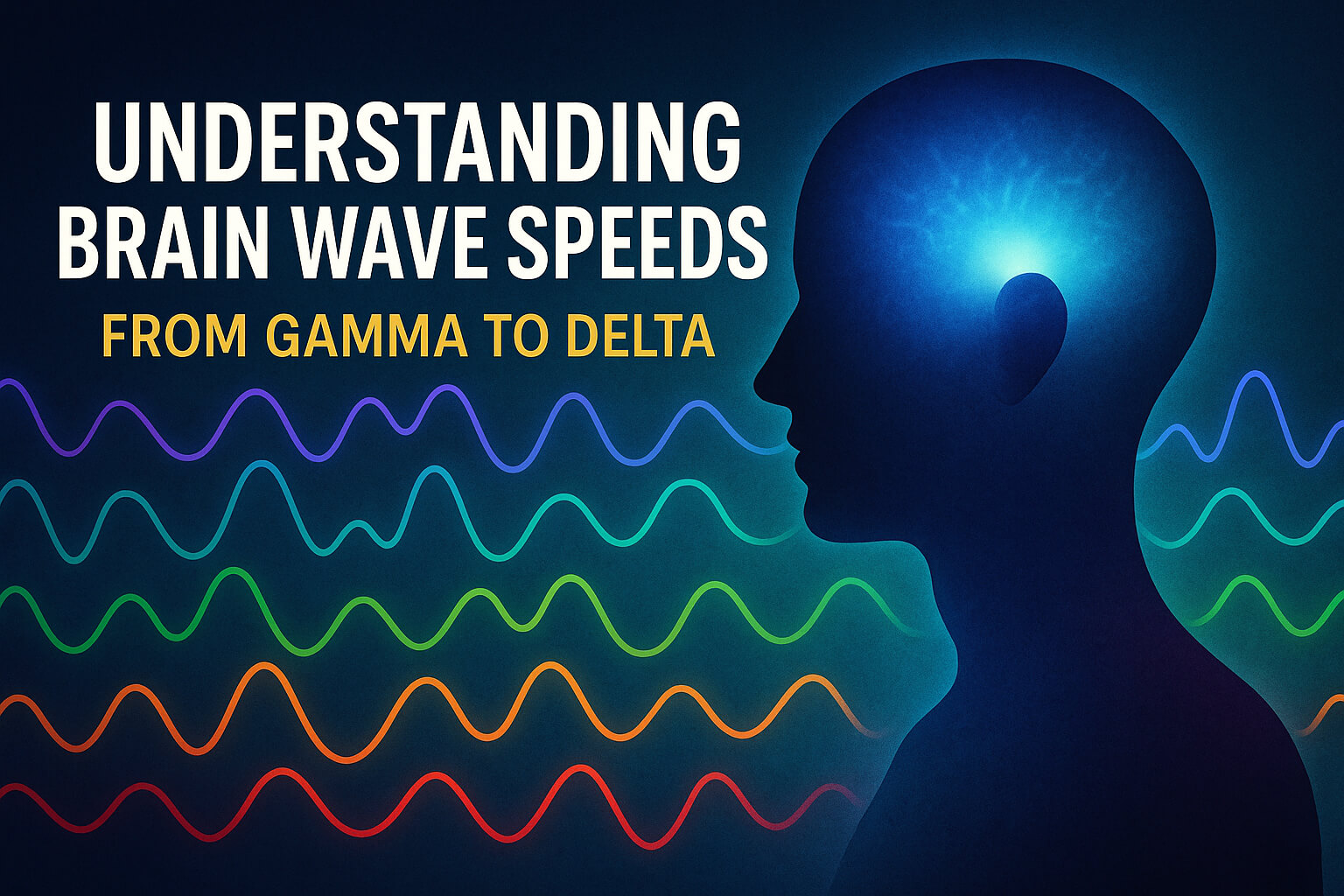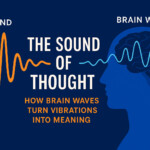Now Reading: How Cochlear Implants Let the Brain Hear: From Electrical Pulses to Brain Waves
- 01
How Cochlear Implants Let the Brain Hear: From Electrical Pulses to Brain Waves
How Cochlear Implants Let the Brain Hear: From Electrical Pulses to Brain Waves
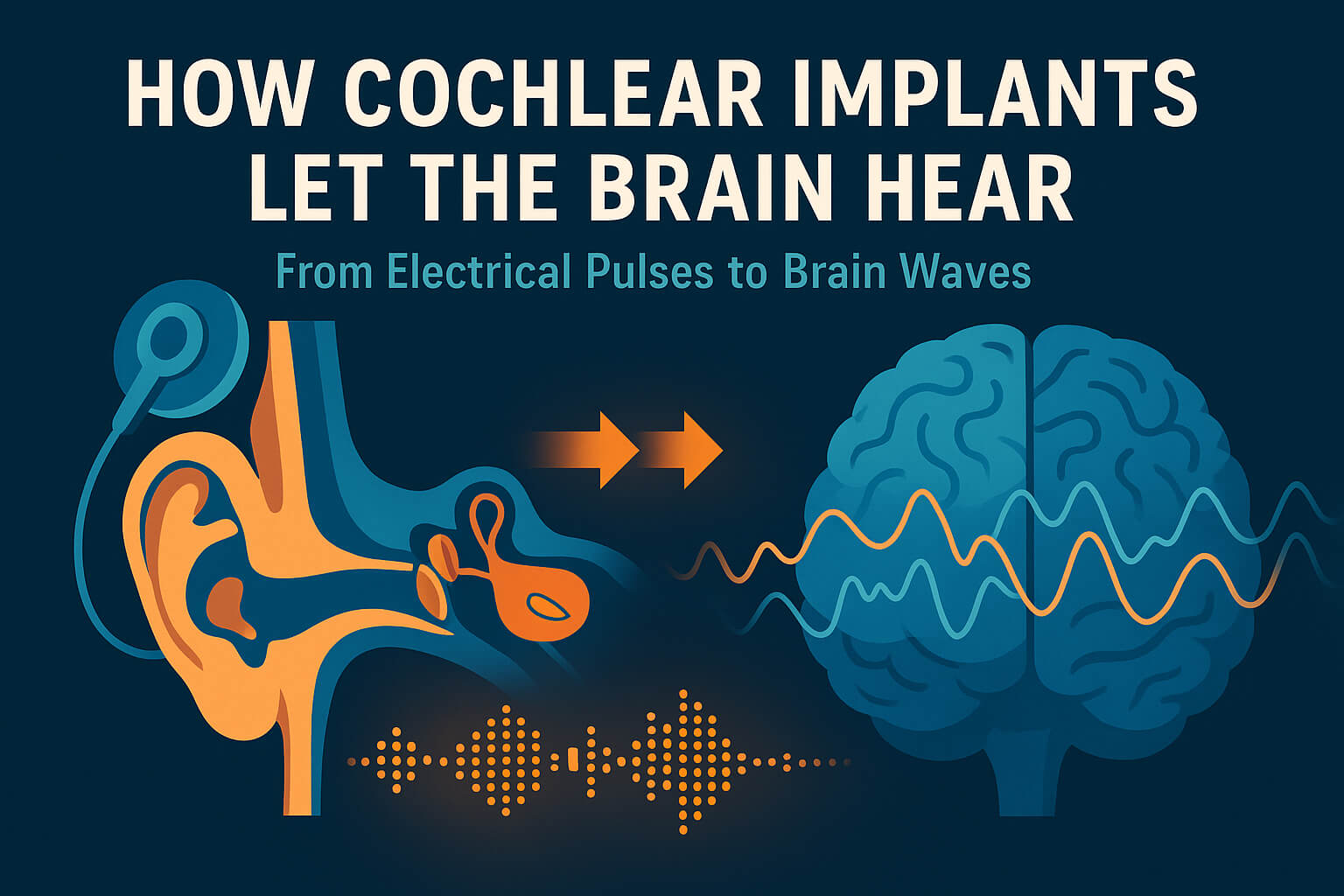
🌟 Introduction
Hearing is not just about the ear. It’s a brain process.
A cochlear implant also helps when hair cells are too damaged to send electrical signals. It bypasses them and delivers electrical pulses, allowing the brain to translate those pulses into brain waves that you perceive as sound.
🔊 From Air Vibrations to Neural Code (Introductory Overview)
Sound capture:A microphone receives audio.
Signal processing: The sound is divided into frequency bands by the speech processor.
Radio link: The transmitter dishes out coded data through the skin to the implanted receiver.
Electrode array: electrodes inside the cochlea deliver current to the auditory nerve at tonotopic sites—low to high pitch positions along the spiral.
Brain decoding: The auditory nerve creates patterns of firing; the cortex assembles these into a perceived sound that’s sculptured by your brain waves.
🧠 What Brain Waves Can Tell Us About Implants
Your brain doesn’t receive “sound.” It receives spike patterns.
The timing and pattern of cochlear stimulation must be such that the brain generates a stable Alpha–Beta–Gamma activity for speech clarity and meaning.
Alpha (8–12 Hz): Assists relaxed attention to better speech-in-noise perception.
Beta (13–30 Hz): Facilitates active listening and phoneme discrimination.
Gamma (30-80+ Hz): Binds features — onsets, pitch changes — into a coherent “voice.”
Balanced brain activity helps with comprehension, particularly in noisy rooms.
🎯 What Affects Real-World Results
Mapping & programming: Adjustment of stimulation rates, channel gains and compression.
Neural survival: The more auditory nerve fibers that survive, the cleaner the cues.
Practice & plasticity: The brain is “learning the code.” Consistent use strengthens pathways (neuroplasticity).
Attentive State: Being in calm focus (Alpha) enhances word recognition; stress (high Beta) can result in poor vocal clarity.
🎧 Training the Listening Brain
Beyond device programming, training matters:
Phonemic listening tasks: from phonemes via words to sentences in noise.
Rhythm/tempo exercises – They sharpen the temporal coding that speech relies on.
2: Breath-led focus : A few seconds of a little extending of the exhalation nudges alpha rhythms and stabilizes attention.
Sound-entrainment sessions: softly complex sounds can soothe your brain to a state of “coherence” conducive for decoding.
🔬 Cochlear Implant Myths—Quick Truths
“It restores normal hearing.” Not exactly. It provides a code for your brain to learn to read.
“All users hear the same.” Results differ with nerve health, mapping and training.
“Music never improves.” Practice helps; timbre is tough, but rhythm and melody cognition often improve with time.
🌈 Conclusion
Cochlear implants make the ear talk again, but hearing is in the brain.
Where the device’s pulses intersect with well-tuned brain waves, sound turns into words, voices and meaning.


